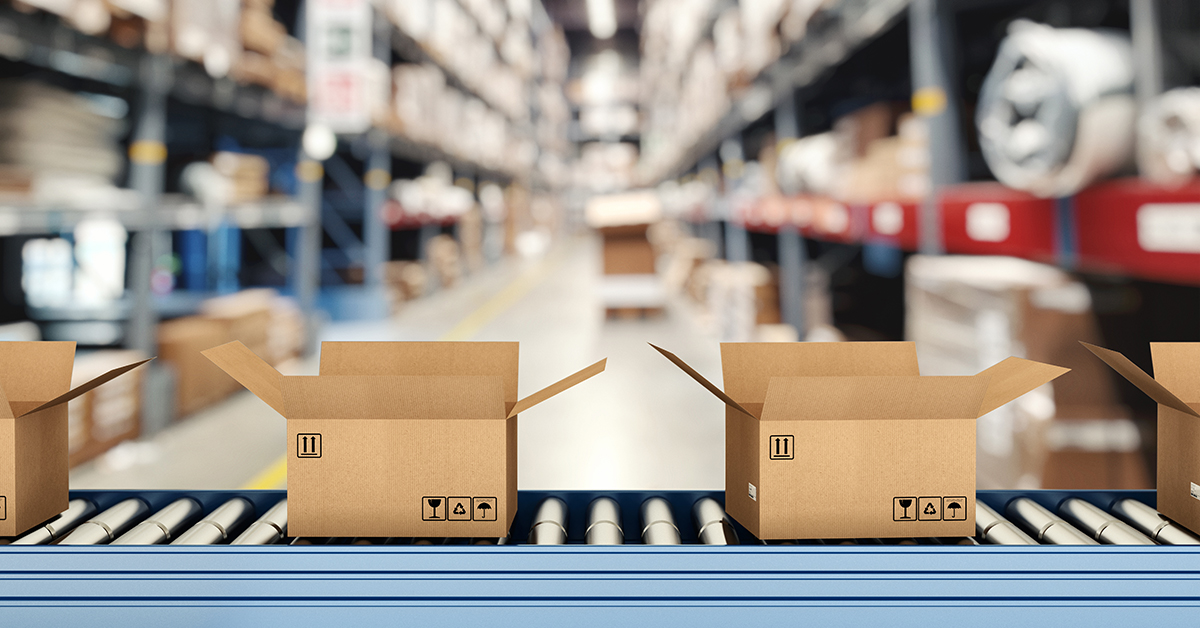Supply chain disruptions have rippled across the globe. Companies in every industry—both small and large—have been significantly impacted by various challenges such as increased consumer demand, labor shortages, factory closures, inventory delays and more. The impact of COVID-19 showed us how vulnerable our supply chain really is and the need for end-to-end strategies which allow the consumer to get what they want and need in a timely fashion. In addition, due to inflation, prices have sky-rocketed, with shipping containers currently costing 10 times more than they normally would.
That leads us to an important question: if we can’t bulletproof our supply chain, how can businesses in the food and beverage space utilize their messaging to help us communicate this complex topic to our customers? Here are 5 key ways to tailor your company’s position through simple yet impactful messaging strategies. Especially as the digital transformation continues and customers seek transparent and reliable communication from brands, we recommend the following strategies to ensure your long-term partnerships—or any new business opportunities—flourish even during difficult times.
1. Focus on core offerings
When your business has been affected by the supply chain crisis, market your core offerings. Be consistent throughout any email drips, ads, white papers and other assets to ensure that your main offerings are the focus of your campaigns. The more your customers view your marketing surrounding these specific products, the more brand awareness grows around your business and what’s available, making it top-of-mind for any leads.
2. Talk about your new products and ingredients
As you find and explore new avenues for your business, tailor your messaging around how your team works to continuously improve your products. Your customers will appreciate messaging around customization, adaptability or flexibility as they look to potentially switch partners or change course due to shortages and other issues. Prove to customers that you’re willing to do what it takes to grow their business even when times are tough. As the crisis widens the gap between supplier and consumer, food and beverage stakeholders seek resilient and reliable partners to help them navigate the system with confidence and expertise. Discuss the opportunities with any alternative options that may better align with customer wants and needs, including:
- Front-of-label (FOP) claims
- Gluten free
- Reduced sugar
- Organic and more
3. Support your claims with research
If you choose to create a campaign around a particular offering or service, find as much supporting evidence as you can to back up why consumers should be interested in purchasing this item. Look for statistics that promise positive results. CAGR (compound annual growth rate) and any positive numbers surrounding the trend will make you stand out among competitors as credible experts and thought leaders in the space.
4. Discuss predictability with technology or tools you’re utilizing
If you’ve been faced with unending hardships in your business due to the supply chain crisis and you’ve shifted to new technology, talk about its benefits to customers. Customers want to know they will receive accurate, efficient and timely order fulfillment. In fact, they’re focused less on the possibilities and more on predictability. If you can prove to them that you’re staying ahead of the curve with new, innovative technology, they’ll be more likely to trust you with their business over a riskier partner. Such technology includes product lifestyle (PLM) systems, which help align data and workflows for accurate supply chain predictions.
5. Be transparent and open with your customers
In addition to tailoring your messaging to focus on any new technologies you utilize to ensure an optimal and efficient inbound-to-end-user journey, we recommend keeping the lines open between your team and your clients. Regular and consistent email updates to everyone about disruptions, payment term changes or other updates should be sent as soon as possible. Additionally, focus your messaging on any value-added solutions or benefits your service or offerings can provide to your customers.
If any of these fit your business, consider adding the following to your messaging strategy:
- Location: Highlight any local facilities to show customers their business is being handled in the U.S. Closer business means a lower likelihood of disruptions—and the consumer receives their products on time. Any “Made in the USA” claims should also be showcased in your campaigns.
- Sourcing: Similar to the last bullet, consumers search for transparent traceability. Include nearshoring or near-sourcing capabilities throughout your messaging where applicable.
- Customization: As consumers seek a variety of new food and beverage options to choose from on the store shelf, highlight any customization capabilities you offer. This allows your customers to deliver unique products that are timely and on-trend with consumers’ lifestyles and desires!
It’s more important than ever to address supply chain issues in our brand messaging strategies. Rather than focusing on the negatives, highlight your strengths as an adaptable and reliable partner within the industry with strong and consistent messaging tactics. If you’re looking for ways to enhance your messaging, or are searching for a strategic partner, reach out to ColinKurtis advertising here to get started.
Blog post from:
Valette Piper-Bledsoe
Vice President, Client Services


Leave A Comment